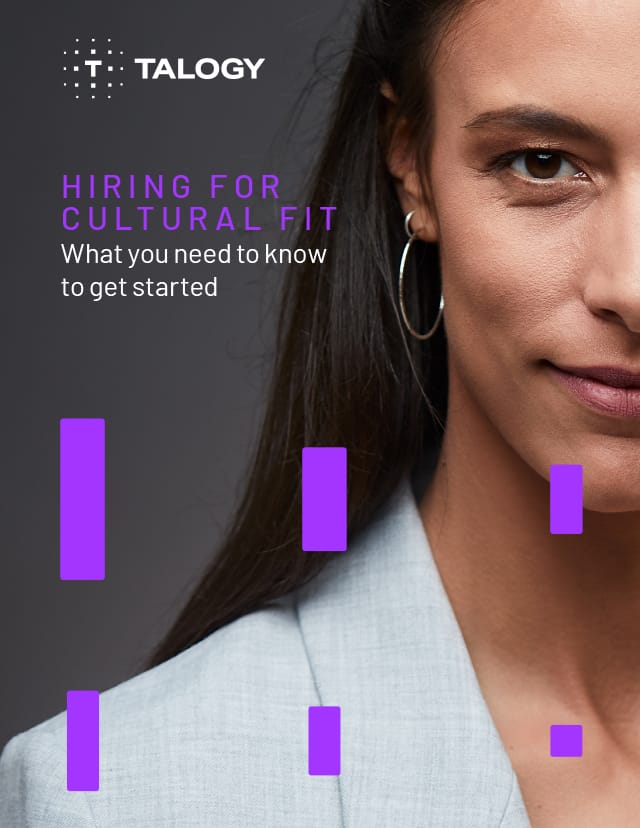Written by Ali Shalfrooshan, Head of International Assessment R&D
Raise your hand if you’ve ever heard sayings like “Back in my day…” or “My generation knew the value of…”. Alternatively, you may have found yourself nostalgically reminiscing about the start of your career, the heroic behavior you demonstrated, and the metaphorical mountains you climbed. No matter your age or which generation to which you belong, there seems to be an innate sense of competition about which generation works harder, or who has had more difficult circumstances to overcome. And this isn’t a new phenomenon – it has always been challenging to manage the needs of different generations in the workplace.
With the emergence of Gen Z into the workplace over the last few years, the topic of managing generational differences in the workplace has resurfaced again, with more questions being raised as a result. Organizations now require balancing the needs of Gen Z with those of the silent generation, baby boomers, Gen X, and
These challenges can emerge across many areas but at a practical level, communication seems to be a commonly identified problem area when it comes to managing different generations in the workplace. Even though there are personal preferences to communication that are not related to generation, there are two commonly cited differences: ‘formality’ and ‘delivery method.’
Communicating with different generations in the workplace
A recent Forbes article addressed these varying communication preferences by generation for leaders, stating “You don’t need five separate management styles, but rather cultivate effective communication. Ask your employees about what they need to succeed, what is important to them and what their expectations are.” Younger generations are much more accustomed to informal communications, as it is more authentic, delivered via tech enabled solutions (i.e. instant messaging tools), and impromptu conference calls. Older generations on the other hand may expect a more formal style of communication as a sign of respect, and may advocate more traditional communications (i.e. in-person discussions).
The intersection of these communication styles can then create misunderstandings across these different generations, as the expectations and norms of behavior create tension that may be more perceived than real. You may be surprised that oftentimes generational differences do not actually exist at a personality level, and in fact there is much more in common across the generations than there is different.
Managing generations in the workplace as DEI initiatives
Organizations are tackling the issue of generational differences in the workplace very differently. Some are choosing to not take the issue seriously, while others go too far, overstating the differences that exist.
The organizations who seem to be dealing with it effectively are treating the issue as part of their diversity, equity, and inclusion (DEI) strategy. In these cases, organizations are acknowledging that people are different, with generational differences being one of those elements that make us unique. As a result, they are making sure to accommodate these differences as part of how we work and understand each other.
So, despite varying organizational approaches, those that acknowledge generational differences in the workplace as simply another dimension in how we can be diverse are better able to tackle the issue by making it part of their DEI and employee engagement strategies. In the same way that we encourage organizations to use differing backgrounds and opinions to their advantage, capitalizing on the varying perspectives of different generations provides similar benefits.
Ways to leverage positive generational differences in the workplace
Reverse mentoring – when younger generations mentor older colleagues – and more traditional mentoring, have both been cited as ways to improve these deficits in communication. By facilitating these interactions, the different generations can understand each other better, see where they are coming from, and ultimately learn from each other.
Another way to tackle communication and value differences is by being open to multi-channel strategies and recognizing a one-size-fits all approach will not be as effective. This means that how we communicate with each other needs to be taken into consideration. The truth is embracing generational differences only makes organizations stronger, and so it is a good challenge to have.
Helping members of different generations understand how they are fundamentally similar, how they differ, and that they typically want the same things all can help improve the workplace. Listening is the starting point and will help improve communication. Therefore, giving everyone the skills to be more inclusive can help the problems that emerge. Some of the challenges may just be driven by a ‘them’ versus ‘us’ mentality, with the different generations forming stereotypes of each other and not truly seeing each others’ perspectives.
Organizations need to meet the needs of generational differences in the workplace, and so ensuring that you take an approach that is underpinned by true understanding and open-mindedness will only lead to the best outcomes for all.




